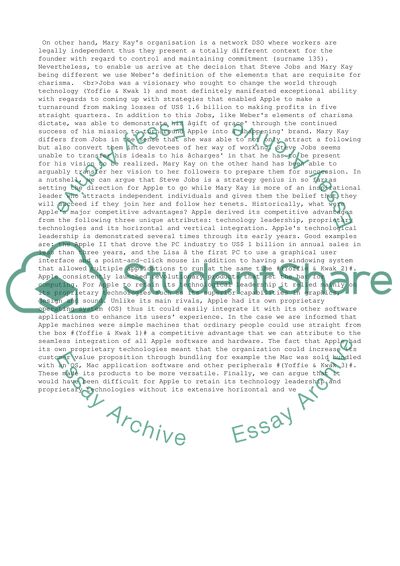Cite this document
(“Steve Jobs and Mary Kay. The personal computer industry as a Case Study”, n.d.)
Retrieved from https://studentshare.org/business/1405714-steve-jobs-and-mary-kay-the-personal-computer-industry-as-a-competitive-environment
Retrieved from https://studentshare.org/business/1405714-steve-jobs-and-mary-kay-the-personal-computer-industry-as-a-competitive-environment
(Steve Jobs and Mary Kay. The Personal Computer Industry As a Case Study)
https://studentshare.org/business/1405714-steve-jobs-and-mary-kay-the-personal-computer-industry-as-a-competitive-environment.
https://studentshare.org/business/1405714-steve-jobs-and-mary-kay-the-personal-computer-industry-as-a-competitive-environment.
“Steve Jobs and Mary Kay. The Personal Computer Industry As a Case Study”, n.d. https://studentshare.org/business/1405714-steve-jobs-and-mary-kay-the-personal-computer-industry-as-a-competitive-environment.


